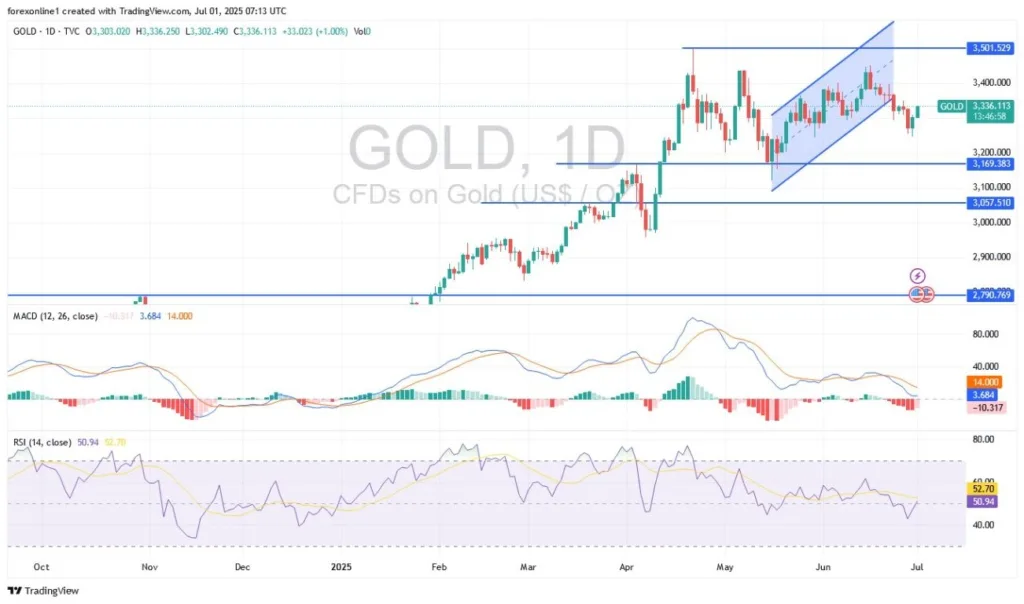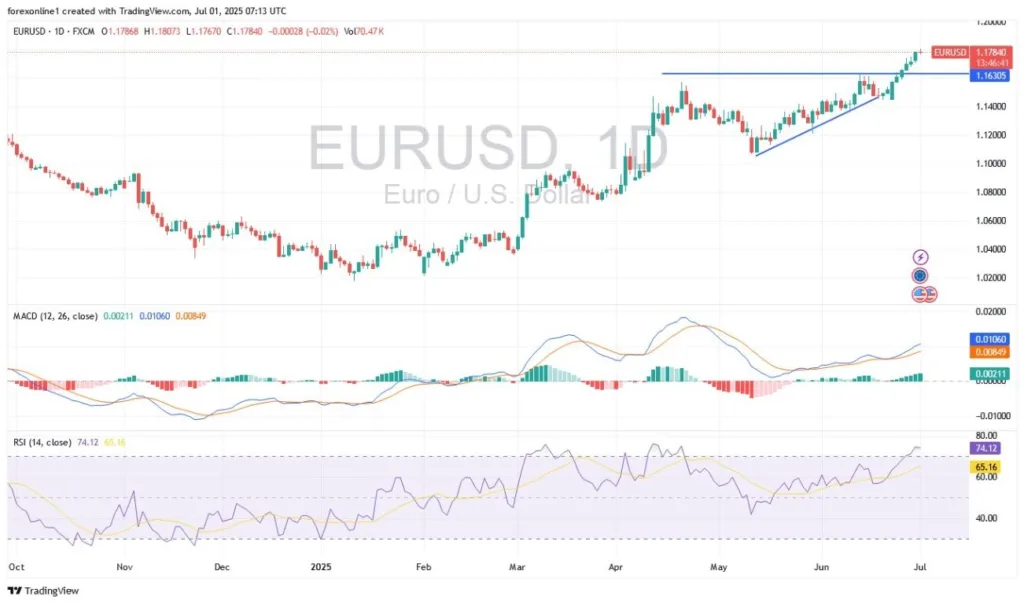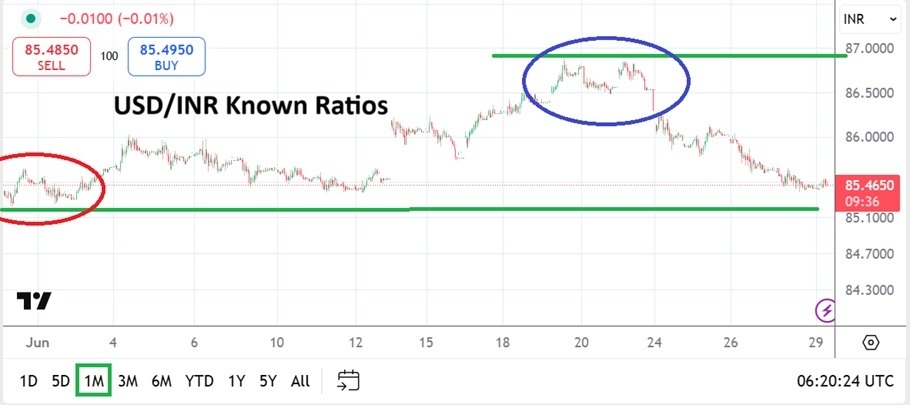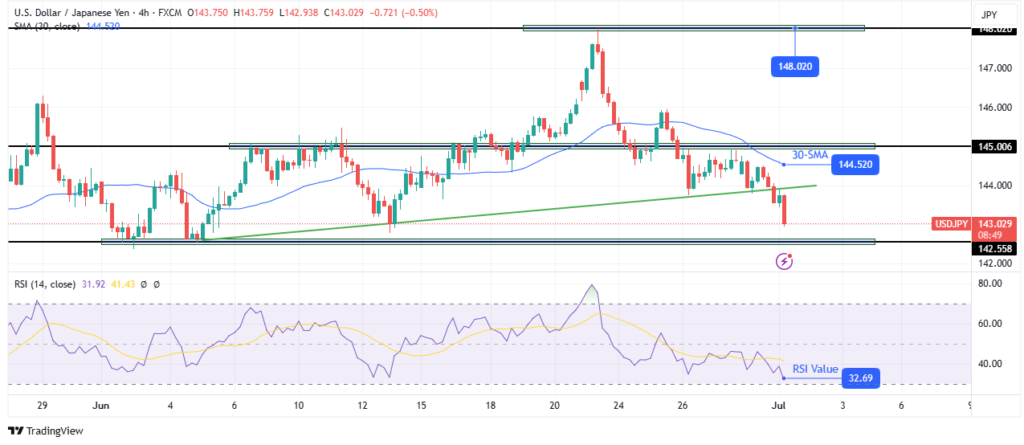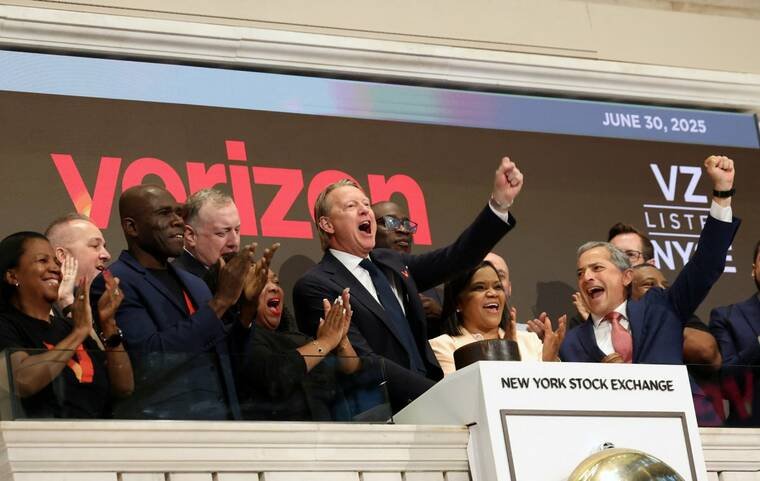
From the resurgence of small caps and industrials to the undervaluation of healthcare, the opportunities in European equities are compelling.
After European equities showed a resurgence against US
equities this year, Matthias Born (pictured), chief investment
officer at Hamburg-headquartered Berenberg Asset
Management, examines the four big trends to watch out for in
European equities. The editors are pleased to share thoughts on
this important topic.
The usual editorial disclaimers apply. Email tom.burroughes@wealthbriefing.com
and amanda.cheesley@clearviewpublishing.com
European stocks have had one of their strongest starts to a year
this century. The trend actually began before ‘Liberation Day’
but has only accelerated since US President Donald Trump fired
the starting gun on the US trade war.
International investors have a huge overweight of dollar assets
in their portfolios relative to history, especially in US equity
markets which don’t tend to be hedged for currency shocks. There
is huge potential for flows to come back to Europe. In addition,
there are fundamental strengths in a variety of European sectors
if you know where to look.
Broadly, I think there are four key trends that will underpin
some of the best opportunities in the European market going
forwards.
Industrial resurgence
The first key trend is industrial resurgence. In Germany, in
particular, industrial conditions are improving after a grim
slump. Automation and infrastructure investment is expected to
pick up.
The German fiscal package, which includes significant support for
industrial and defence sectors, is already having a positive
impact. Companies like Siemens stand to benefit from this renewed
focus on industrial revitalisation.
This recovery is not just cyclical but structural. As Europe
transitions towards more sustainable and technologically-advanced
manufacturing, industrials are likely to play a central role. For
investors, this means a renewed focus on companies that are
well-positioned to benefit from automation, infrastructure
upgrades, and reshoring trends.
Healthcare is overlooked
The healthcare sector in Europe has been largely overlooked in
recent years and valuations have reached historically low levels.
Although there’s uncertainty – exemplified by leadership changes
at major firms such as Danish pharmaceutical company Novo Nordisk
– the underlying fundamentals are actually very compelling.
Growth and earnings momentum have slowed but this is a cyclical
pause rather than a structural decline. For long-term investors,
the current environment presents a rare opportunity to gain
exposure to high-quality healthcare names at attractive entry
points. As sentiment stabilises and valuations normalise, I
expect the healthcare sector to reassert its role as a core
component of diversified portfolios.
Small cap renaissance
After years of underperformance and capital outflows, European
small caps are showing signs of a robust comeback. Particularly
since Liberation Day, small caps have outperformed their larger
peers. Historically, small caps have struggled in volatile
environments, but this time, the reversal appears to be driven by
a shift in investor flows.
The return of capital to this segment suggests renewed confidence
in the growth potential of smaller, more agile companies. This
trend is particularly encouraging for active managers, as it
opens up a broad universe of opportunities. In a market where
stock selection is once again paramount, small caps offer fertile
terrain for alpha generation.
Resilience and political stability
One of the more underappreciated strengths of certain European
companies today is their relative insulation from global trade
tensions. While tariffs remain a concern, their impact on some
companies and in some sectors has been very muted.
For a start digital, service, financial, and non-US exposed
businesses are unlikely to be affected directly at all. Secondly,
companies with solid pricing power and high gross margins are
unlikely to see a significant impact on their earnings. Tariffs
are generally applied to import prices, meaning that companies
with large markups on their final sales prices are relatively
less affected. Companies have also adapted by pre-buying
inventory and adjusting supply chains, and earnings season has
shown little evidence of tariff-related disruptions.
Compared with the US, Europe is also enjoying a period of
relative political stability. This provides a more predictable
backdrop for corporate planning and investment, which in turn
should support equity performance.
A stock picker’s dream
The current environment is a stock picker’s dream. With only a
handful of stocks driving index-level returns, active management
is essential. Growth investing is gaining traction again, and
international investors are taking notice.
In conclusion, the European equity landscape is evolving in ways
that favour thoughtful, active investment strategies. From the
resurgence of small caps and industrials to the undervaluation of
healthcare the opportunities are compelling. For investors
willing to look beyond the headlines, Europe offers a lot of
potential.

